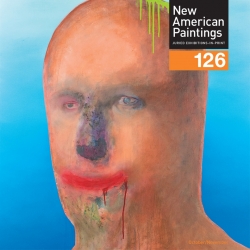Last Fall Jim and I saw the art displayed in Northfield City Hall commemorating the fifteenth Anniversary of the terrorist attacks that took place in this country on September 11, 2001. Though the show commemorated tragic terrorist events, I found the work largely appealing. One artist’s work stood out from the others because of its semi-representational but primitive shapes created in beige on a charcoal background. “Yuck,” I thought. I’m still thinking about that show.
I remember lying in bed at nights after the September 11th attacks, listening to the silent night sky; no air flights passing overhead. We Americans had entered a new era in our history. Who knew what that era meant yet? The unknown, the partially known? The beautiful art down at City Hall reminded me of what was lost on that September day. The ugly art reminded me of the generalized sick feelings of that time.
When I was taking classes at Hamline University, we read a collection of the poetry of Paul Celan, whose parents died in a Nazi concentration camp. A thick volume; poem after poem. Mostly that poetry left me feeling the same way those charcoal and beige figures made me feel, somewhat moved but not compelled.
What I really remember from Celan’s work is the poem in the back of the book describing his mother in her flower garden before the war, a lovely woman in a peaceful garden, a specific person, a specific flower, a specific memory.
There’s a place for everything in the world in art in some way. Art, after all, is the communication of our experiences in a world full of a mind-boggling spectrum of possibilities.



